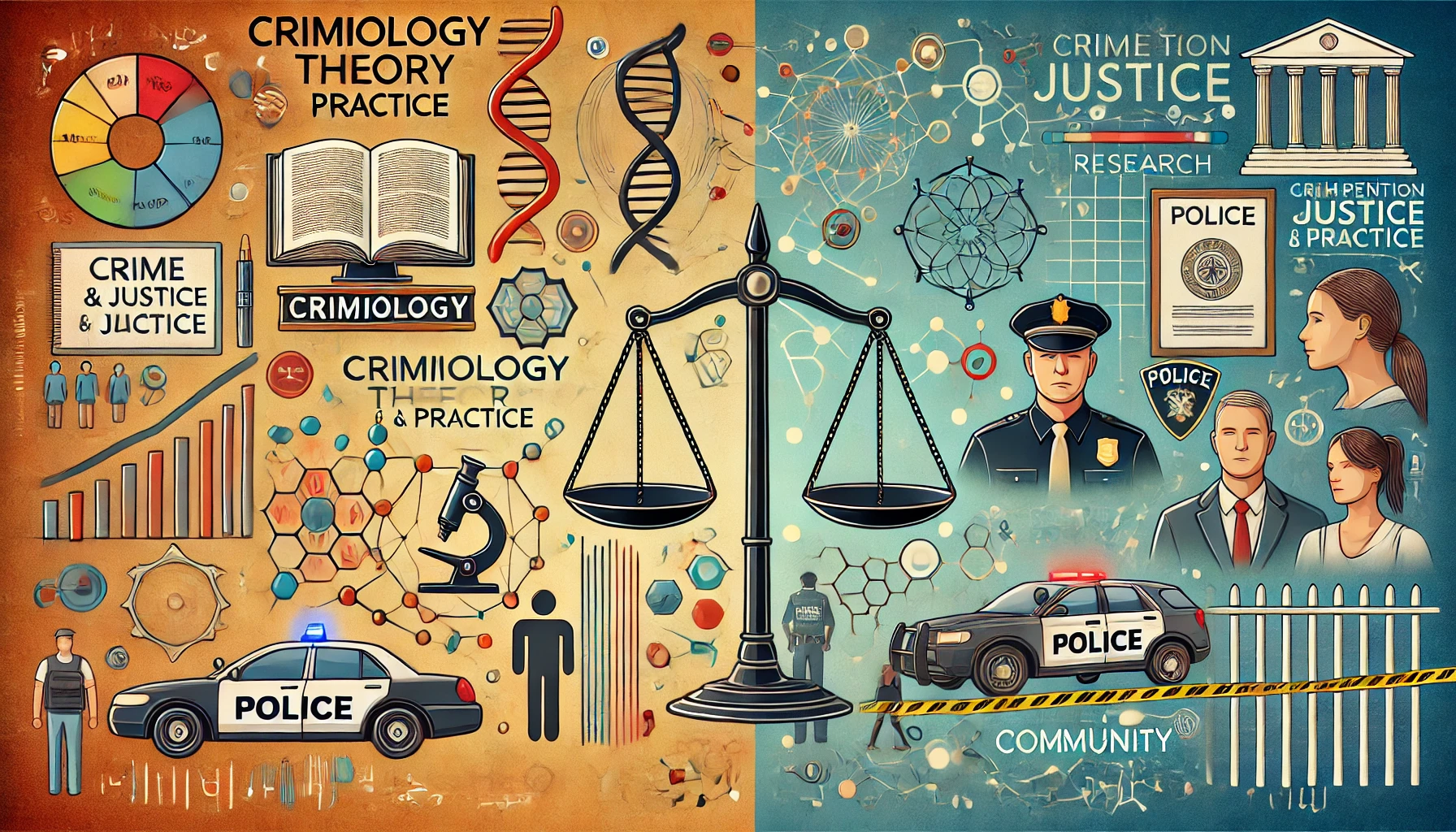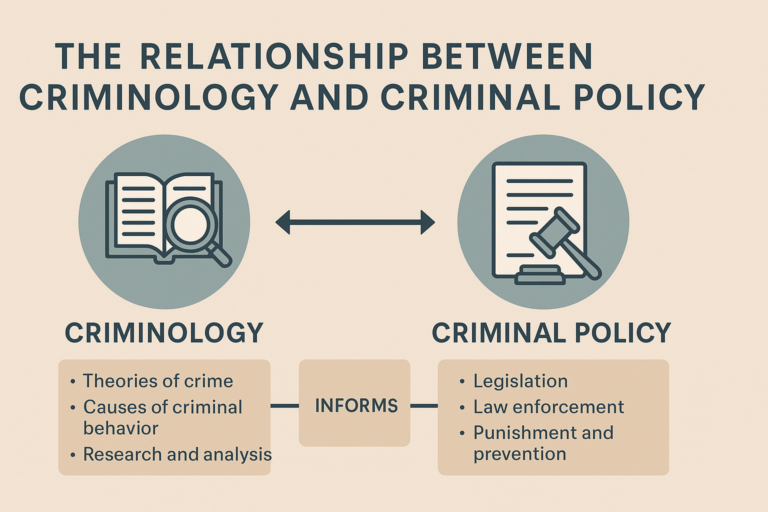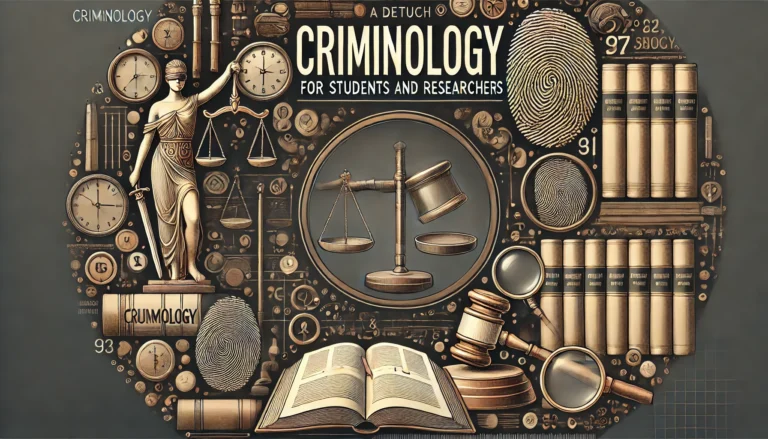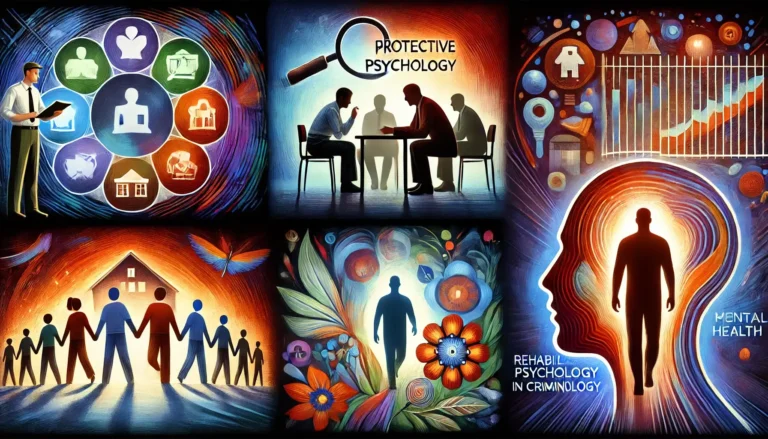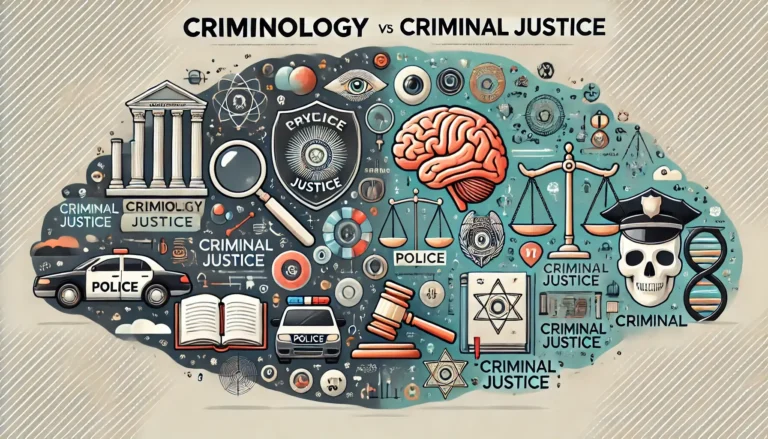Criminology Between Theory and Practice
Criminology, the study of crime and criminal behavior, serves as a bridge between theoretical knowledge and practical applications. While theories offer frameworks to understand crime, practice brings these ideas to life through real-world implementations. This article explores the dynamic interplay between criminological theory and practice, highlighting the challenges faced and the opportunities presented in translating academic insights into actionable strategies.
1. Theoretical Foundations of Criminology
Theories in criminology provide a systematic way to understand the causes and effects of crime.
Classical Theories
- Focused on free will and rational choice.
- Emphasized deterrence through proportionate punishment.
Biological Theories
- Explored genetic and physiological factors influencing criminal behavior.
- Pioneered by thinkers like Cesare Lombroso.
Sociological Theories
- Addressed the role of social structures and inequality.
- Examples include Strain Theory and Social Learning Theory.
Psychological Theories
- Studied personality traits, mental health, and cognitive processes.
- Examined factors like impulsivity and moral reasoning.
2. Practical Applications of Criminological Theories
Bridging theory and practice is essential for effective crime prevention and justice delivery.
Law Enforcement Strategies
- Predictive Policing: Applying data analytics to forecast crime trends.
- Community Policing: Building trust between police and communities to deter crime.
Policy Development
- Crafting social policies based on criminological insights, such as addressing poverty or education gaps.
- Advocating for reforms in sentencing and rehabilitation.
Correctional Programs
- Designing rehabilitation programs informed by psychological and sociological theories.
- Implementing restorative justice practices to repair harm and rebuild communities.
3. Challenges in Integrating Theory and Practice
Despite the potential of criminology, several obstacles hinder the seamless application of theory to practice.
Complexity of Human Behavior
- Crime is influenced by multiple, often unpredictable, factors.
- Theories may oversimplify or fail to account for individual nuances.
Resource Limitations
- Insufficient funding for research and program implementation.
- Lack of technological infrastructure in certain regions.
Resistance to Change
- Institutional inertia within law enforcement or judicial systems.
- Societal skepticism toward new approaches like rehabilitation over punishment.
Ethical Dilemmas
- Balancing privacy concerns with data-driven methodologies.
- Ensuring fairness and avoiding biases in policy applications.
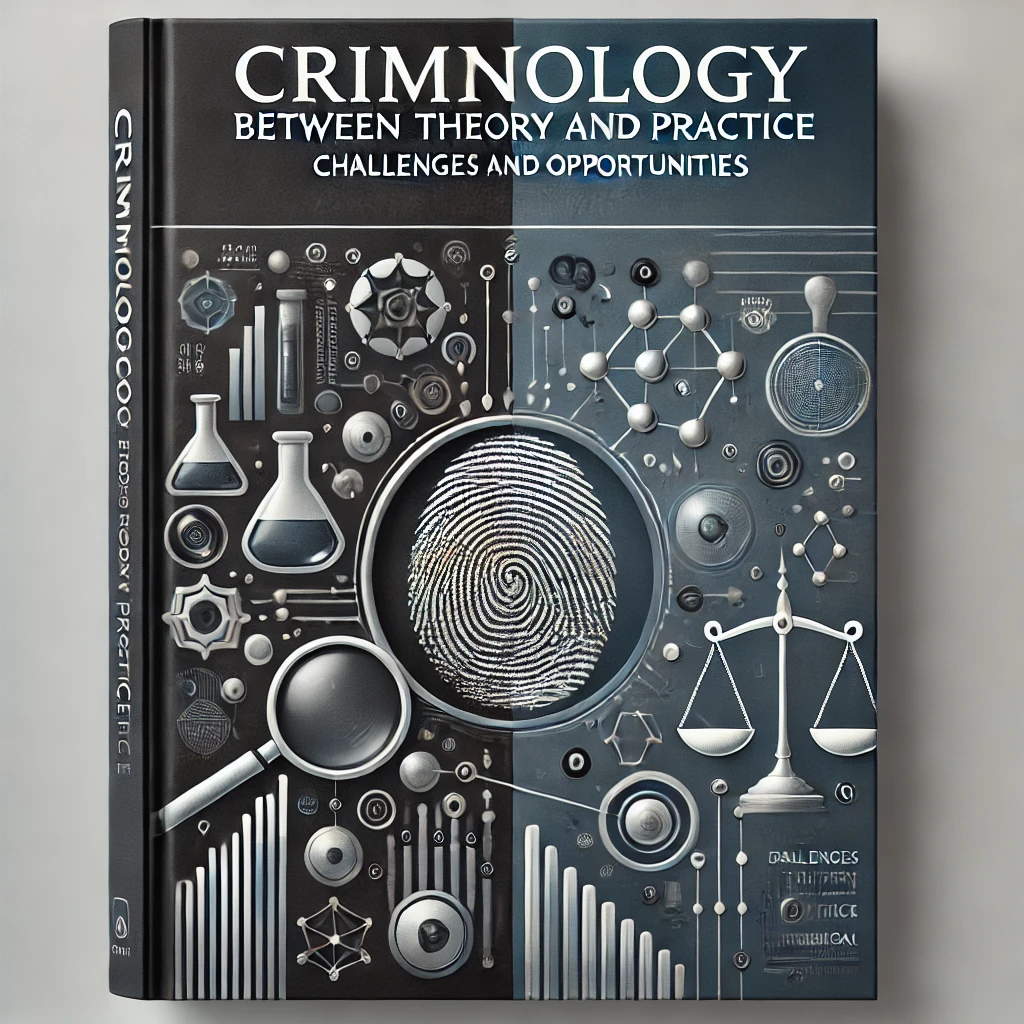
4. Opportunities for Advancing Criminology
While challenges exist, they pave the way for innovation and collaboration in criminology.
Technological Integration
- Utilizing artificial intelligence and machine learning for crime analysis.
- Developing advanced forensic tools for evidence gathering.
Interdisciplinary Approaches
- Combining insights from psychology, sociology, law, and technology.
- Enhancing understanding through collaborations with economists, urban planners, and healthcare professionals.
Global Partnerships
- Sharing knowledge and best practices through international organizations like INTERPOL.
- Addressing transnational crimes such as cybercrime and human trafficking.
Educational Reform
- Expanding criminology curricula to include practical training.
- Promoting internships and fieldwork to prepare students for real-world challenges.
5. The Future of Criminology
The evolving nature of crime demands a proactive approach to criminology.
Adapting to Emerging Crimes
- Addressing cybercrimes, environmental crimes, and bioterrorism.
- Developing legal frameworks to govern new criminal phenomena.
Fostering Public Engagement
- Educating communities about the role of criminology in fostering safety.
- Encouraging public participation in crime prevention initiatives.
Strengthening Research-Practice Links
- Establishing think tanks and research centers focused on applied criminology.
- Encouraging policymakers to base decisions on empirical research.
Conclusion
Criminology thrives at the intersection of theory and practice, offering invaluable tools to understand and combat crime. Despite the challenges in translating theoretical concepts into practical solutions, the opportunities for innovation and societal impact are vast. By fostering collaboration, embracing technology, and staying adaptive, criminology can continue to play a pivotal role in building safer, more just societies.

